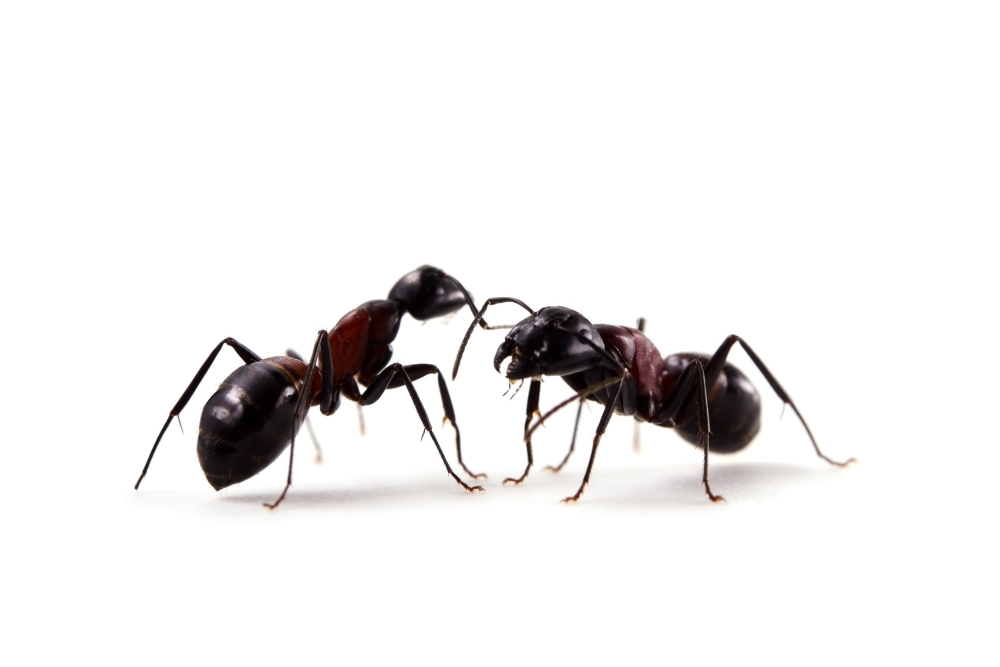Protect Your Facility from a Summer Ant Invasion
As the temperatures rise, so does the activity of America’s No. 1 nuisance pests—ants. These tiny invaders may seem harmless at first glance, but they are relentless in their search for food and water, often causing damage to property and creating an ongoing headache for businesses homeowners.

To help keep ants at bay during the warmer months, the National Pest Management Association (NPMA) encourages following these prevention tips:
- Seal Entry Points: Inspect your foundation, doors, and windows for cracks, gaps, or holes. Seal anything larger than a quarter inch using silicone-based caulk or steel wool. Don’t forget to check window screens and install door sweeps for added protection.
- Keep the Kitchen Clean: Ants are drawn to food sources. Ensure countertops are wiped down, crumbs are swept up, and food is stored in airtight containers. Regularly take out the trash and use bins with tight-fitting lids. Cleaning up spills immediately will also help eliminate food sources for ants and other pests.
- Eliminate Standing Water: Ants, like many pests, need water to survive. Fix leaky pipes and ensure that gutters are clean, and direct water away from the foundation of your property. Remove standing water from plant saucers, birdbaths, or clogged drains.
- Remove Nesting Sites: Successful long-term ant management starts with eliminating potential breeding grounds around your property. Clear away excess vegetation, old landscape materials, and yard debris that can serve as perfect nesting sites. This small step can help significantly reduce the likelihood of an ant infestation before it even begins.
If you’ve already seen ants in your business or home, it’s important to act quickly. Identifying the species can help in understanding how to best control the infestation. Some species, like carpenter ants, can cause structural damage as they tunnel through wood, while others, like odorous house ants, can contaminate food.
“If you’re dealing with an ant infestation, it’s essential to contact a professional pest control expert,” said Dr. Jim Fredericks, senior vice president of public affairs at the NPMA. “Identifying the specific ant species is a specialized process, as different ants behave very differently. Some can spread rapidly by forming multiple colonies, while others like fire ants and the Asian needle ant pose additional risks, such as stinging. A trained professional is needed to accurately identify the species and create a tailored control plan to effectively address and prevent infestations.”
For more information on ant prevention, visit here.
ALSO READ: How to Launch an Integrated Pest Management Program
The post Protect Your Facility from a Summer Ant Invasion appeared first on Facilities Management Advisor.

